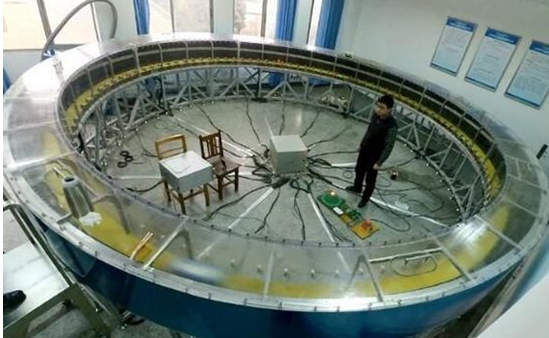more>>Industry Overview
more>>Link us
News
The Vacuum Tube Ultra-high-speed Maglev Train Reaches 3,000 km/h, Faster than an Airplane. "It Would Only Take One Hour to Travel from Beijing to Urumqi." On the 13th, a science and technology news report titled "China's Southwest Jiaotong University Develops a Super Maglev Train Capable of Reaching 3,000 km/h" caught everyone's attention.
Xinhua News Agency reporters learned from Southwest Jiaotong University that the related technology for the vacuum tube ultra-high-speed maglev train is still in the experimental stage, and there has been no research and development on a vacuum superconducting maglev train ready for use. Southwest Jiaotong University will hold a press conference at an appropriate time to invite the project team to introduce the progress of this technology to the public.
Southwest Jiaotong University has built the world's first prototype testing platform for vacuum tube ultra-high-speed maglev trains. During testing, the atmospheric pressure inside the vacuum tube is 10 times lower than that outside. Given that the radius of the experimental loop is only 6 meters, the current maximum speed of the test vehicle is 50 km/h. The speed of 3,000 km/h that netizens are concerned about is the highest theoretical value estimated by researchers in an experimental environment.
When the train reaches speeds above 400 km/h, more than 83% of the traction force is wasted in offsetting air resistance. Researchers hope to reduce the resistance of air to the maglev train by creating a vacuum environment.
Zhao Lin, an associate researcher at the State Key Laboratory of Superconductivity of the Institute of Physics, Chinese Academy of Sciences, said that ultra-high-speed maglev trains are an important direction for future transportation.
During the experimental stage, a small-scale vacuum tube experimental platform can be built to test the maglev train. For practical application, various factors need to be considered comprehensively. For example, ultra-high speeds will place higher demands on the materials of the track and the train body itself, and the construction and maintenance costs of long-distance vacuum tubes are also significant.
